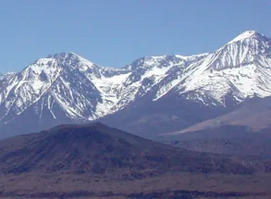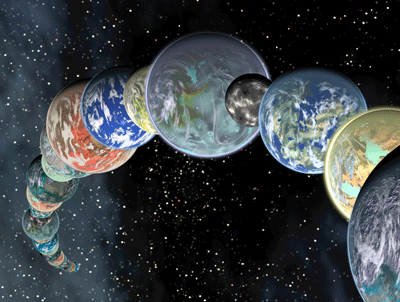Down the Crater: Where Magmas are Stored and Why They Erupt
Magmas are erupted from a wide range of depths. Olivine compositions, for example, indicate magma storage in the lower crust and upper mantle, while clinopyroxene and amphibole record middle to upper crust storage. Pre-eruptive magmas also often cool by 100–300 °C, frequently at middle–upper crust depths, indicating clogged, ephemeral volcanic pathways. These coolings imply that mafic recharge is not a sufficient cause for eruption and that crystallization-induced vapor saturation is a more proximal eruption trigger. But an improved understanding of eruption mechanisms require precise identifications of what are herein termed “ultimate”, “proximal,” and “immediate” causes of eruption.
Down the Crater: Where Magmas are Stored and Why They Erupt Read More »



